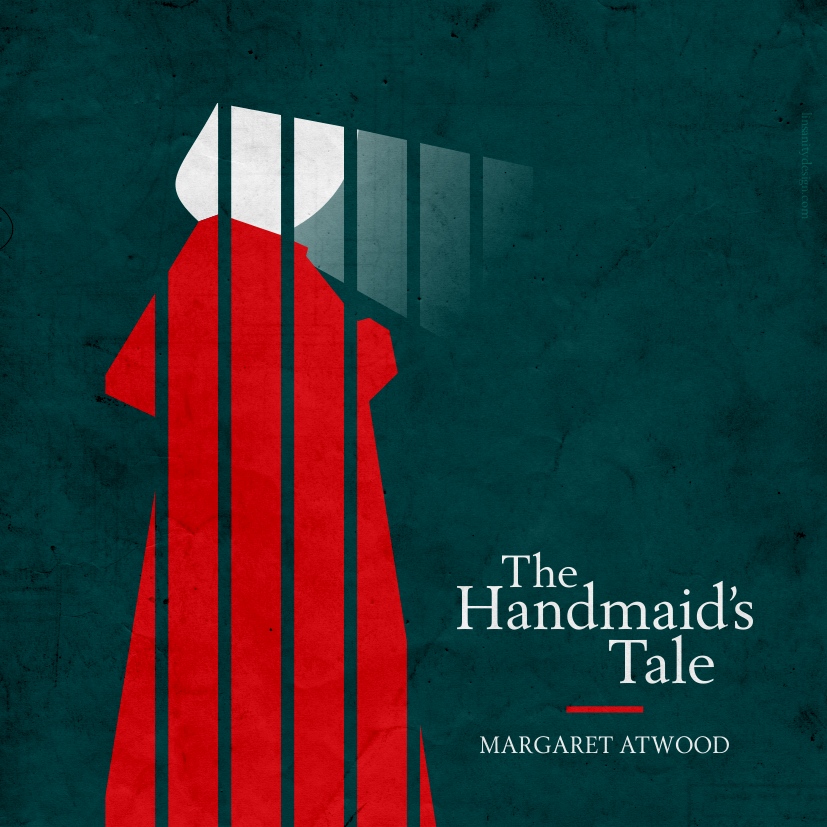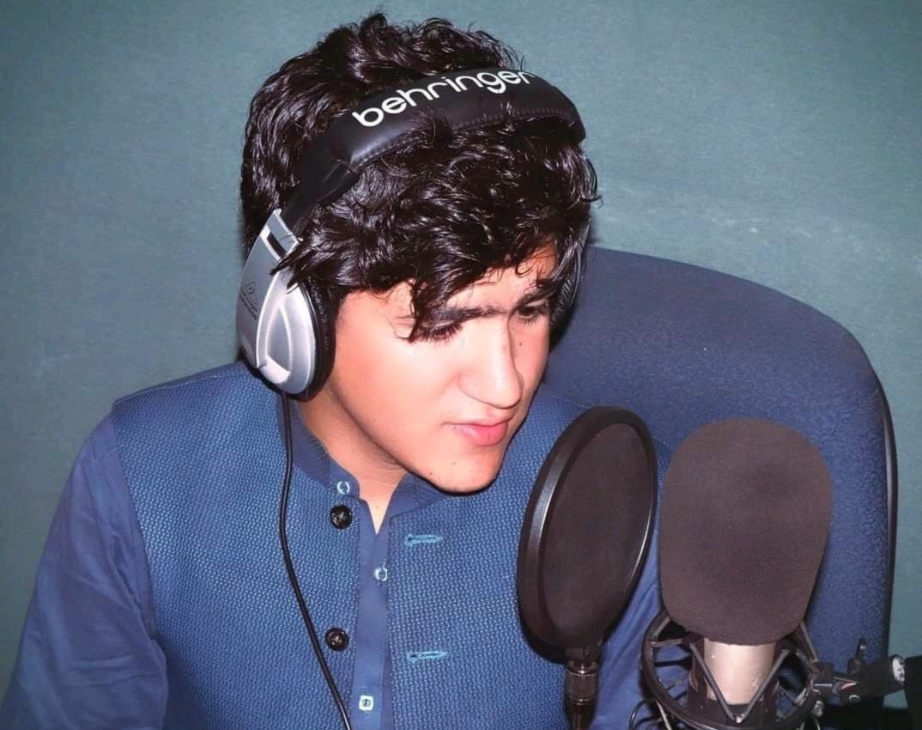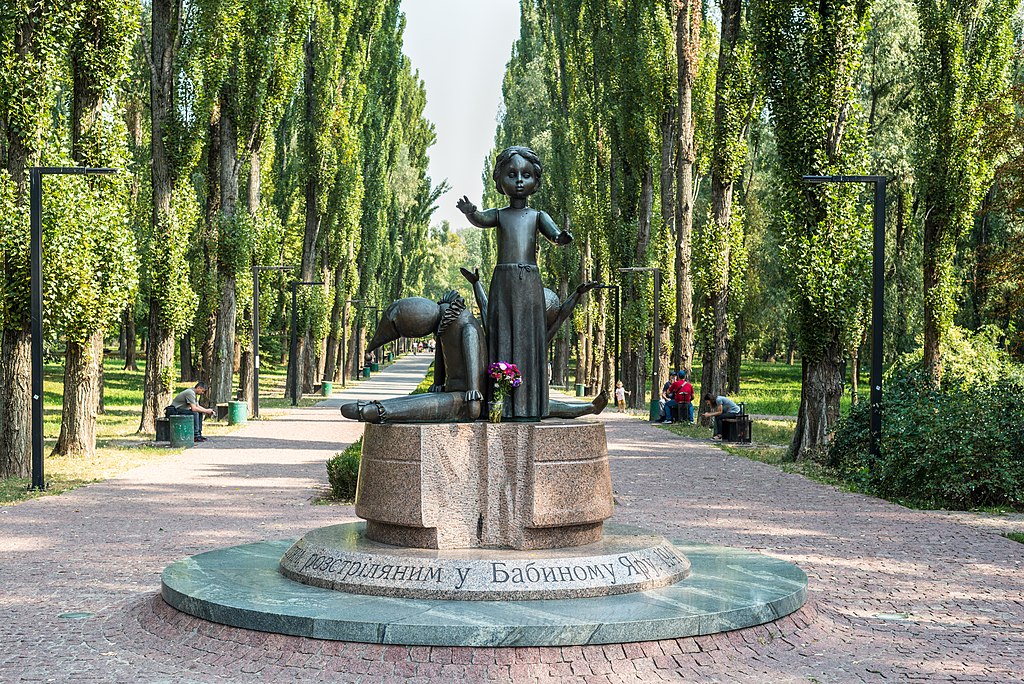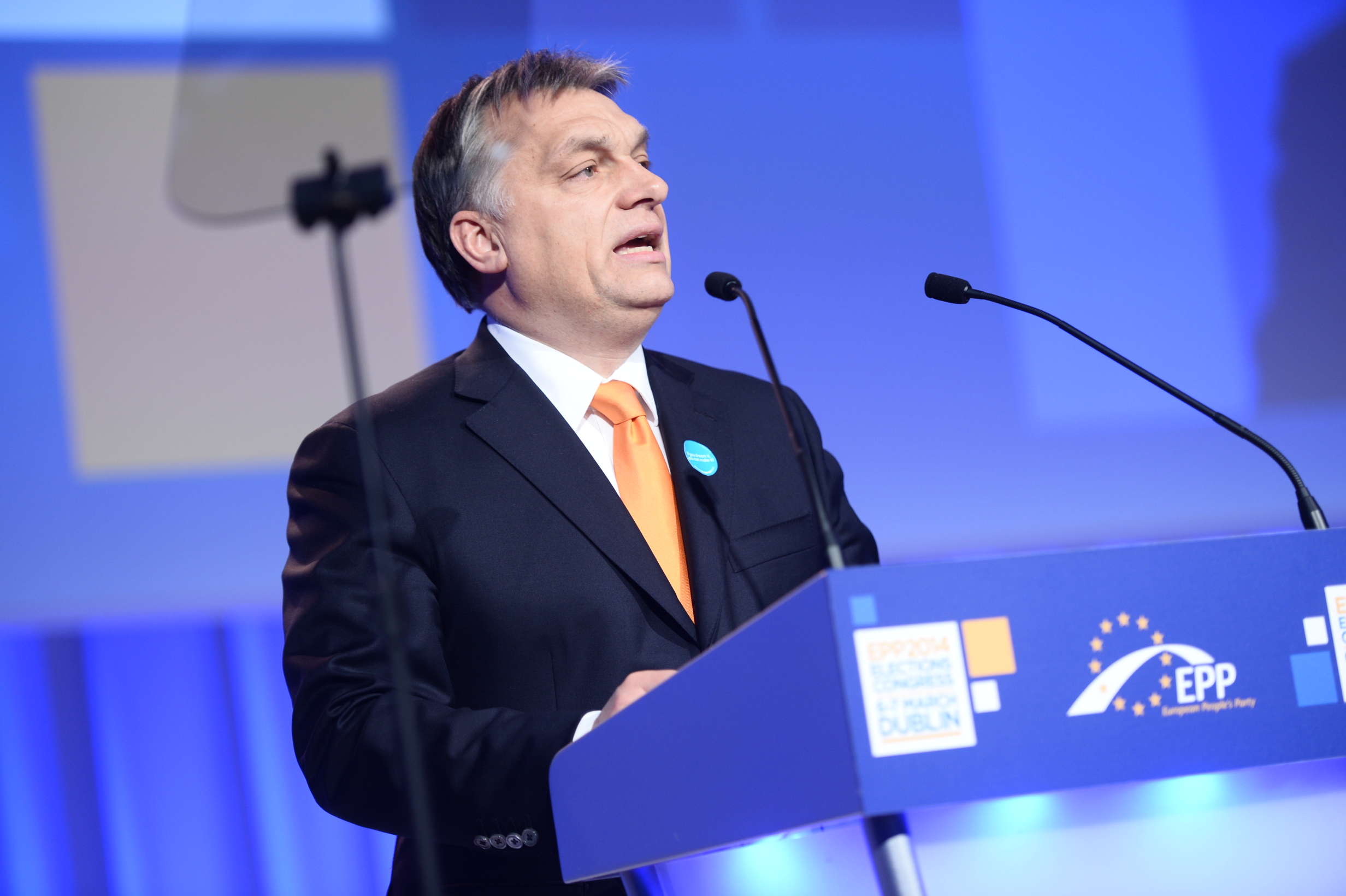Every year Reporters without Borders (RSF) issues its World Report — a league table of 173 countries in relation to freedom of press.
In the 2008 report RSF says: “The post 9/11 world is clearly drawn. Destabilised and on the defensive, the leading democracies are gradually eroding the space for freedoms.”
This statement comes from the narrative that accompanies the table that last year places UK at tenth place coming equal with Hungary and Namibia.
On its website RSF also publishes a questionnaire, comprising 49 questions, that is used to find these results. This includes the all too easily quantifiable and gruesome data — how many journalists killed, how many imprisoned, tortured and so on. There is also a section on censorship.
I was interested in these questions, formulated to gauge the depth and degree of censorship of the press in any given country, and decided to adapt them to investigate the state of artistic freedom in the UK.
How many media outlets were censored, seized or ransacked with the state involved or had their operating licence withdrawn ?
Here I substitued the word media for cultural. In September 2007, police seized Thanksgiving, a photograph by Nan Goldin, from the Baltic Contemporary Art Gallery. Before the exhibition opened to the public, the gallery management, concerned that the photograph might appear pornographic, invited the police to view the image and to advise them on its suitability. The police removed it.
In October last year nude paintings by local artists were banned from Harrow Art Centre . Councillor Chris Mote, who has responsibility for the arts centre, backed the decision taken by his staff. He said: “I don’t want to take the risk of offending some groups. It may be artists feel I’m being unfair, but I’m not. I am trying to be fair and equal to everyone.”
A director of a public art gallery told me recently that as part of what he now sees to be due diligence, he invited the police in to have a look round the exhibition that had some sexually explicit material in it, just to make sure it was all OK. The policeman had nor problem with any of the artworks.
I should have asked: “What would you have done if the policeman said –– ‘I don’t like that one’?” Would the artistic director have had a long conversation with the policeman putting forward its artistic merits?
As for ransacking — I am not aware of the state ransacking any venues or galleries, they reserve these tactics for journalists, but there are cases when the state failed to effectively stop others ransacking. When in 2004, the Birmingham Repertory Theatre was attacked by angry protesters forcing the closure of the play Behzti by Gurpreet Kaur Bhatti, because it was offensive to their religious sensibilities, Fiona McTaggart, the then Home Office minister failed to condemn the intimidation and threats made against Bhatti’s life, saying “the free speech of the protesters is as important as the free speech of the artists.”
To some, it could be seen to be more important, given that the playright was forced into hiding, while no prosecutions were brought on public order offences against the rioters.
This is in contrast to 20 years ago when the Thatcher government supported, Salman Rushdie’s right to freedom of expression, and paid for costly police protection.
Was there an official prior censorship body systematically checking content ?
Until 1968, the Lord Chancellor was personally responsible for giving a license to each play to be performed in this country. Since this practice was stopped, we have enjoyed a great deal of freedom in the theatre. But how are theatres faring now?
Is the theatre still the safe space for “saying the things that are unsayable elsewhere” –– as David Edgar says or do other considerations prevail?
At a recent conference of Arts Council England funded organisations, one panel raised the question –– “Is there conflict between freedom of artistic expression and sensitivity towards audiences?” The answer from those attending was clear –– that for the vast majority, the audience took precedence over the artist’s freedom of expression. There were a range of reasons for this, a lot to do with funders, especially where local governments were involved, but also the audience development that theatres have built up over the last three decades, where building trust with culturally diverse audiences could not be compromised.
Was news (let’s substitute the word book here) suppressed or delayed because of political or business pressure ?
Let’s look quickly at the example of the Jewel of Mdina, the Sherry Jones’ novel about Aisha, a wife of Mohammed. Tjhe book that was suppressed because of a very particular form of censorship — as Jo Glanville , editor of Index on Censorship called it “an extraordinary instance of pre-emptive censorship”.
“It was disingenuous of Random House to suggest that the novel might incite violence. Certain members of the population might choose to commit an act of violence, but that is not the same as the book itself inciting violence. To pass responsibility in the way to the novel, was a betrayal of the author and of free speech.”
So it was left to a much smaller publisher, Gibson Square, to stand up for the principles and come under attack, because the row that ensued, once the story broke, served to escalate the very scenario that Random House was apparently seeking to avert. And this was without the book having being read by more than a handful of people.
Does the media report the negative side of government policies
Here I subsitute the word media with culture. I wanted to try gauge to what extent artistic freedom is able to speak truth to power — to authority, a cornerstone of the function of art in society.
A wonderful example of the cartoonist’s power is Martin Rowson’s cartoon “Preparing for the Big Day” from the Guardian: a worker from the Hygiene Department is hosing piles of shit formed into the grimacing faces of Cheney and Bush off the US flag. Blair’s part in the 8 year Bush administration is reduced to an obstinate smear on the stars and stripes. This seems to give a pretty clear bill of health as far as portraying the smelly underbelly of government through the arts in this country. And the government seems able to take on the chin when it is contained by cultural parameters.
Staying with cartoons, we come straight up against the massively controversial issue of the Danish Cartoons, which reverberated strongly in this country; Jerry Springer the Opera, Behzti and of course Satanic Verses. How willing is this society to support dissenting voices from inside religious communities or challenges from secularists outside? In an attempt to protect religious sensibilities, a degree of complicity has arisen amongst the cultural community that has tacitly agreed to avoid causing offence, even though, as Kenan Malik has pointed out, this is almost impossible as well as undesirable “In a plural society it is inevitable and important to cause offence.”
Does the media undertake investigative journalism ?
And here the floodgates open, as this question triggers a whole string of related questions about the role and function of art. Are the arts to be a tool of enquiry, investigation? Are they challenging to the status quo? Are they holding open the space for debate and dialogue? Do the arts say things people don’t want to hear, but do want to talk about, or shout about, or protest about? Do they help to tell us about the world we live in? Is the imagination one of the most important investigative tools we have?
This is an edited speech by Julia Farrington, Head of Arts and Events at Index on Censorship, from a panel discussion at London Book Fair




